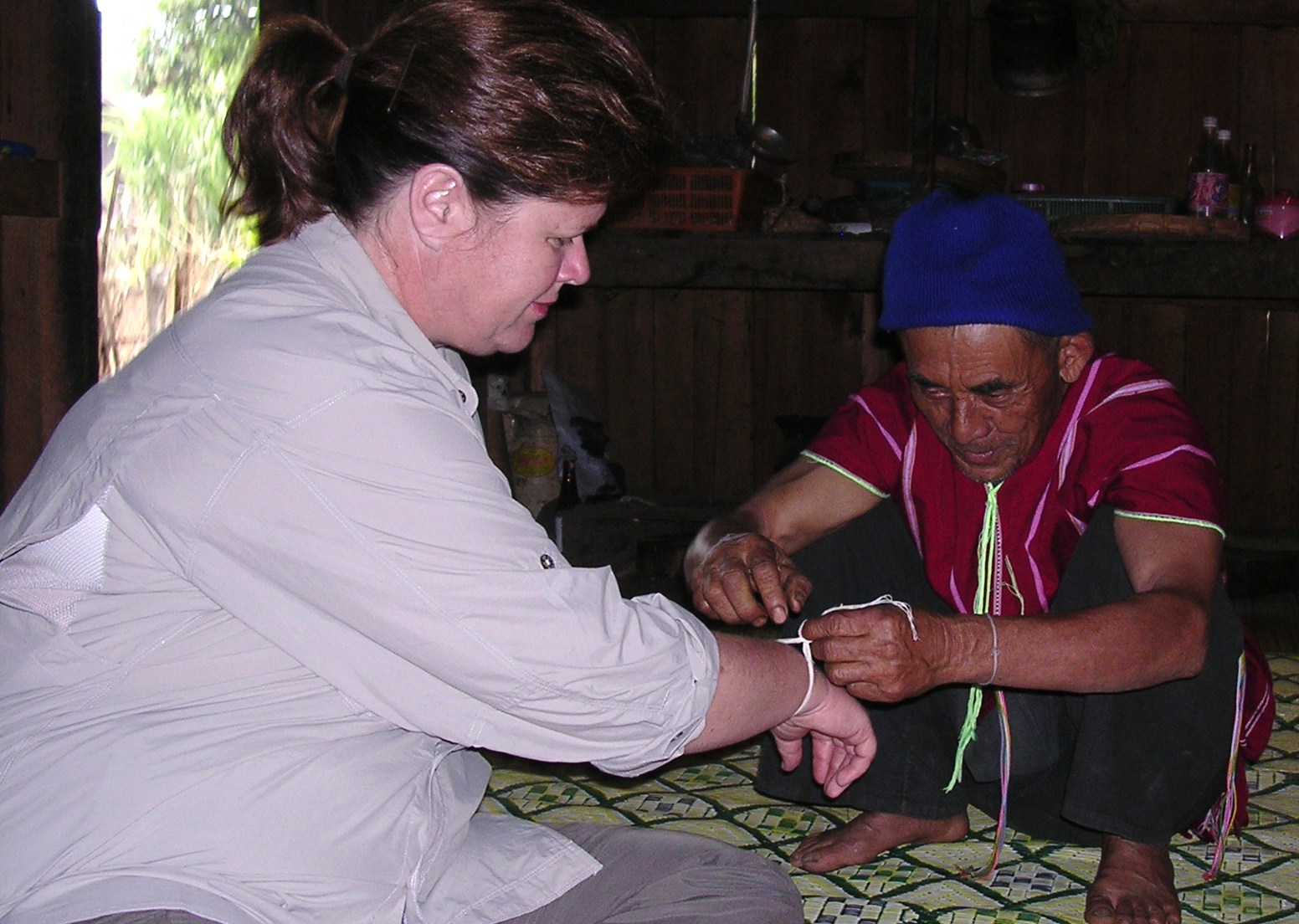 During my travels, I encounter many different rituals, beliefs and customs surrounding death. Some of these are spiritually based, others cultural and a few even political.
During my travels, I encounter many different rituals, beliefs and customs surrounding death. Some of these are spiritually based, others cultural and a few even political.
In certain cultures people believe you shouldn’t touch the body of someone who is dying because you may interfere with the dying process. In other cultures, you are only allowed to touch the head so all the energy is directed upwards. My personal favorite is when every family member holds onto an arm or leg during the final moments. This is so when you meet up with the departed in the afterlife, he or she will recognize you because of the physical imprint that was imbedded during his or her final breath.
In a remote village in the northern region of Thailand, I was fortunate to be part of a ritual that honored the passing of villagers. I sat in a circle with the village leaders while the “Healer” offered a blessing to each person who had passed in the prior year. The Healer then placed a cotton bracelet made from a piece of the departed person’s clothing on everyone’s wrist. You were to wear the cotton bracelet until it fell off. The villagers believed that in this way the departed village member will remain a part of everyday life in the community for a while longer.
How sweet and important these customs are!
What rituals, beliefs or customs of dying have you experienced?
What do you want your end of life ritual to be?








I would like to have all my loved ones near. I too like the idea of everyone placing a hand on me to help as I depart. Do you have any information on rituals or taking care of the body after passing? People seem to not know what to do at that point.
I loved this, but I do have another perspective to offer. As I was entering the hospital room of a patient a few years ago to do a hospice evaluation visit, the family members were all around the bed, each member literally “holding onto the woman”. One family member was even at the head of the bed. This patient was very near death and I instantly felt the family members were literally “holding onto her”. I visited with them for awhile, and then asked if they could move away so I could turn her, assess her. After I had gotten her positioned and comfortable I could tell she was almost ready to let go. I gently asked the family to just be there, to avoid “holding onto her” to which they were very receptive. Within moments the patient died peacefully with family at her side, grieiving their loss, but appreciative of the insight. This is what I love about our experiences with death, everyone is different and experiences things in a different way.